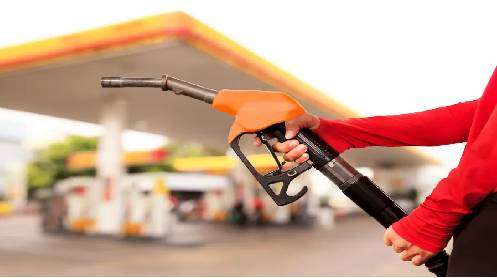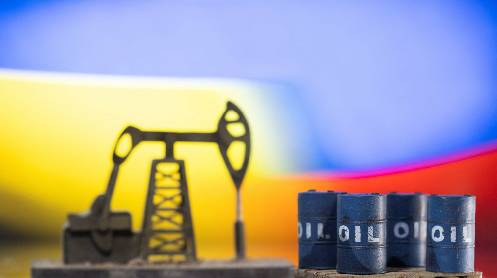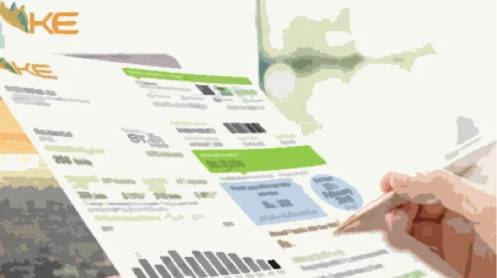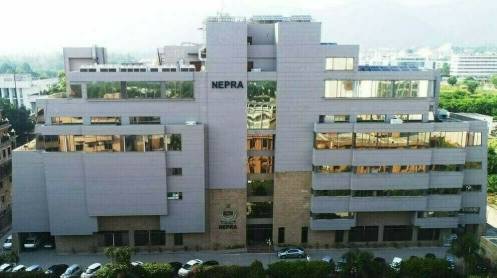ISLAMABAD: High-Speed Diesel (HSD) prices have increased by Rs 1.48 per litre in the latest fortnightly review for August, largely driven by a Rs 3.21 per litre exchange rate adjustment applied to Pakistan State Oil (PSO), the country’s primary fuel importer.
The Finance Division, in its Thursday announcement, also revealed a significant Rs 7.54 per litre cut in petrol prices, reflecting international market trends. However, several policy-driven adjustments contributed to the uptick in diesel pricing.
One of the key factors was the rise in the petroleum levy on HSD, which climbed from Rs 74.51 to Rs 77.01 per litre. The levy on petrol was similarly increased from Rs 75.52 to Rs 78.02 per litre. These hikes followed the April 15, 2025, presidential ordinance that lifted the Rs 70 per litre cap on the petroleum levy. The cap’s removal was further reinforced by the Finance Bill 2025–26, which deleted the relevant clause from the Fifth Schedule, allowing the federal government to alter the levy without parliamentary approval.
In line with IMF conditionalities under the $1.4 billion Resilience and Sustainability Facility, a carbon levy of Rs 2.50 per litre has also been introduced on both HSD and petrol.
Meanwhile, the Inter-Freight Equalization Margin (IFEM) on diesel increased slightly by 20 paisa—from Rs 6.04 to Rs 6.24 per litre—while IFEM on petrol dropped by 19 paisa to Rs 8.70 per litre.
The Platts-based price with duties and incidentals rose for HSD from Rs 177.89 to Rs 180.36 per litre, while the same component for petrol declined by Rs 8.26 to Rs 159.25 per litre.
Despite fluctuating prices, fuel demand has shown resilience. Year-on-year petrol sales rose by 6% to 7.6 million tons, supported by an increase in automobile sales and more affordable prices compared to 2024. HSD volumes also surged by 10% to 6.89 million tons, driven by growth in the agricultural and transport sectors, although seasonal demand variations remained influential.
The latest fuel price adjustments reflect a complex interplay of currency impacts, international benchmarks, and fiscal measures, all of which continue to shape Pakistan’s energy pricing landscape.
Story by Wasim Iqbal







